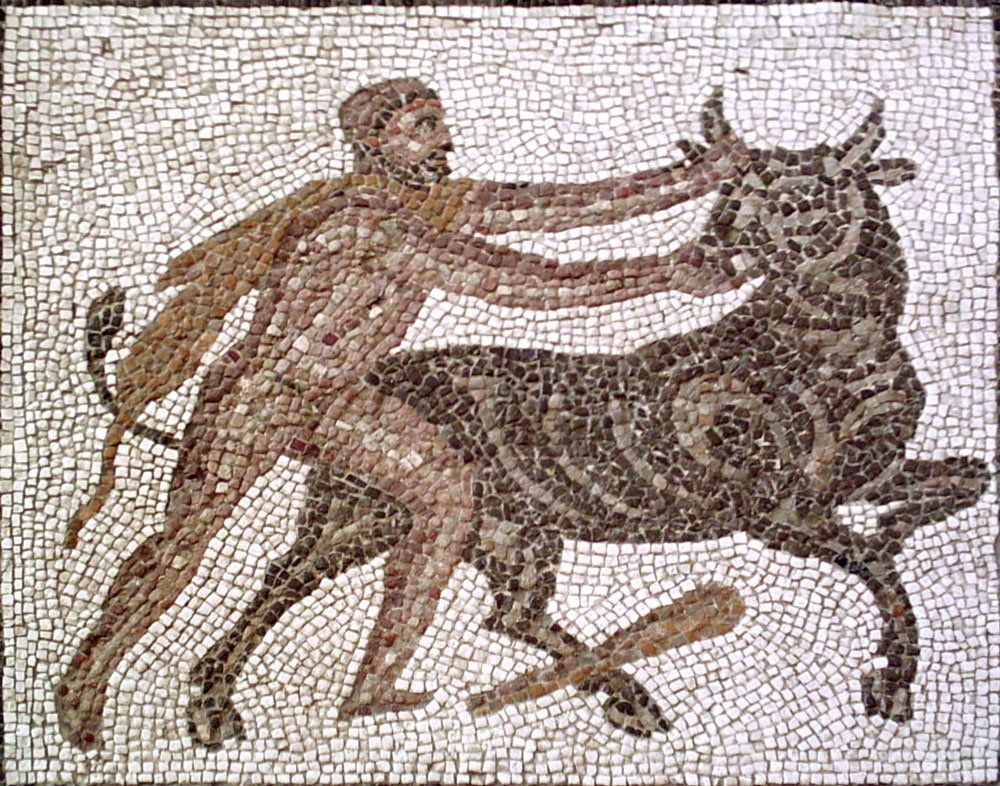rupol2000
Gold Member
- Aug 22, 2021
- 18,215
- 2,621
- 138
- Banned
- #1
If we assume that Americans are descended from Europeans (which contradicts genetic data), then where did the culture of horse breeding and cowboys grazing herds of cows come from? Indeed, in traditional European culture, not only is there no equestrian and bull culture, it is saturated with hatred of the bull, the Europeans exterminated the entire population of Turs, in the Spanish bullfight there is an extremely cruel attitude towards these animals, there is no bull symbolism, except for a negative church demon. And at the same time, this culture is close to the Asian steppe and Indian culture.


Last edited:



